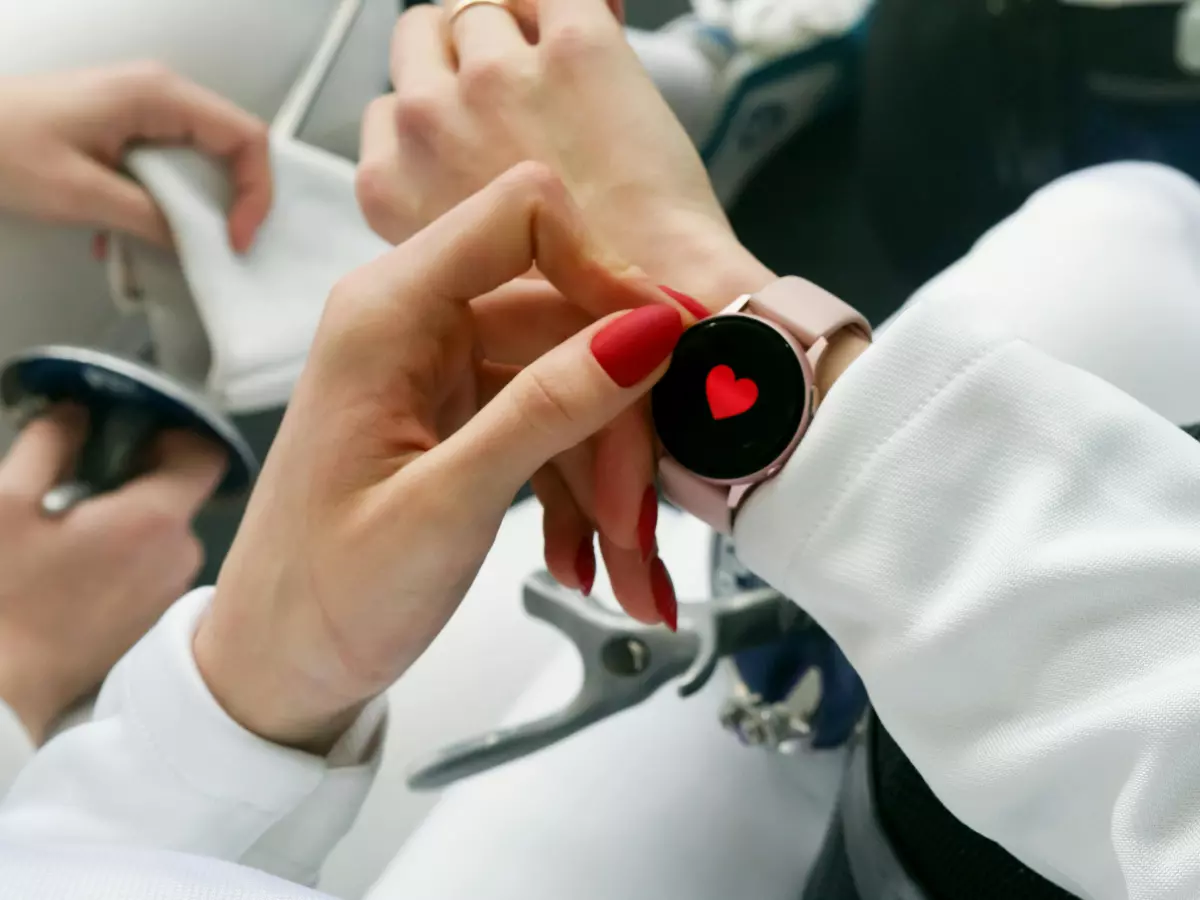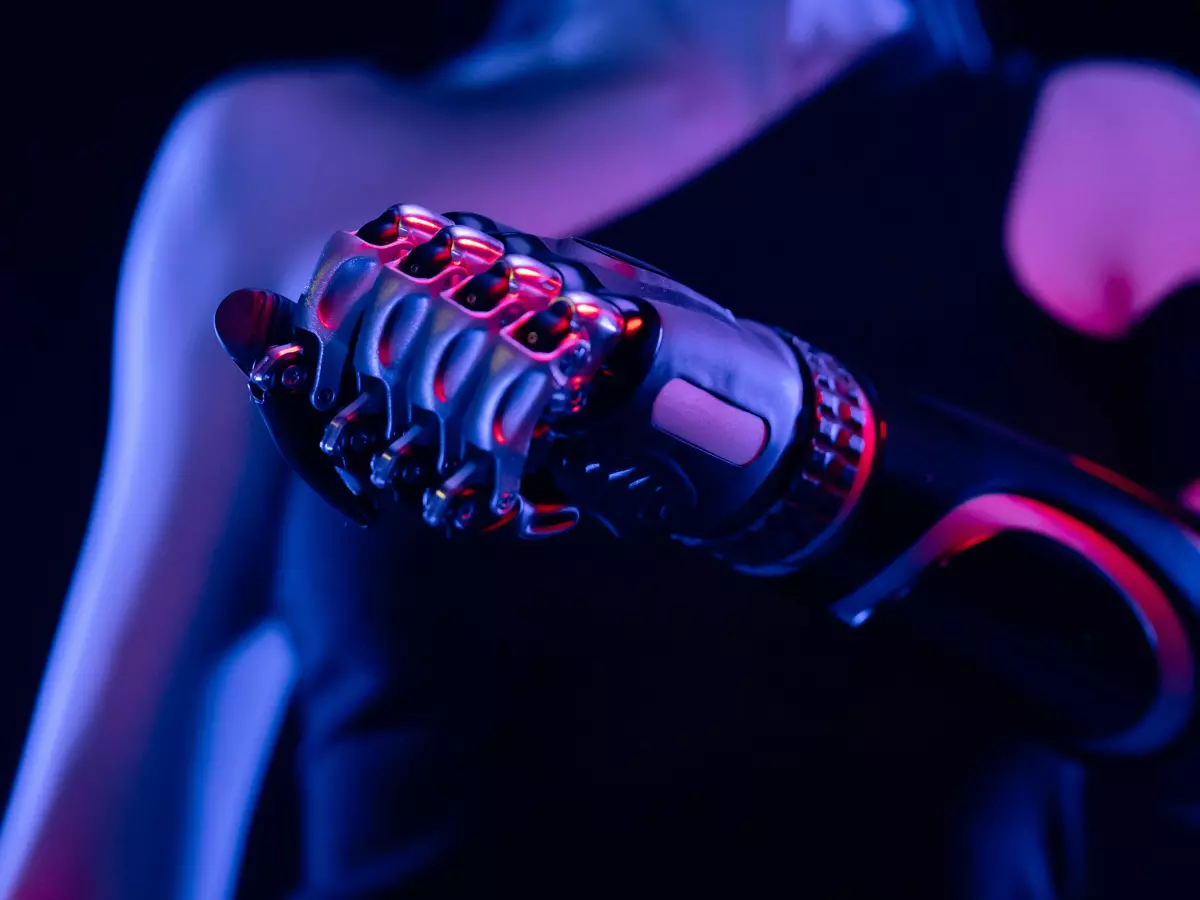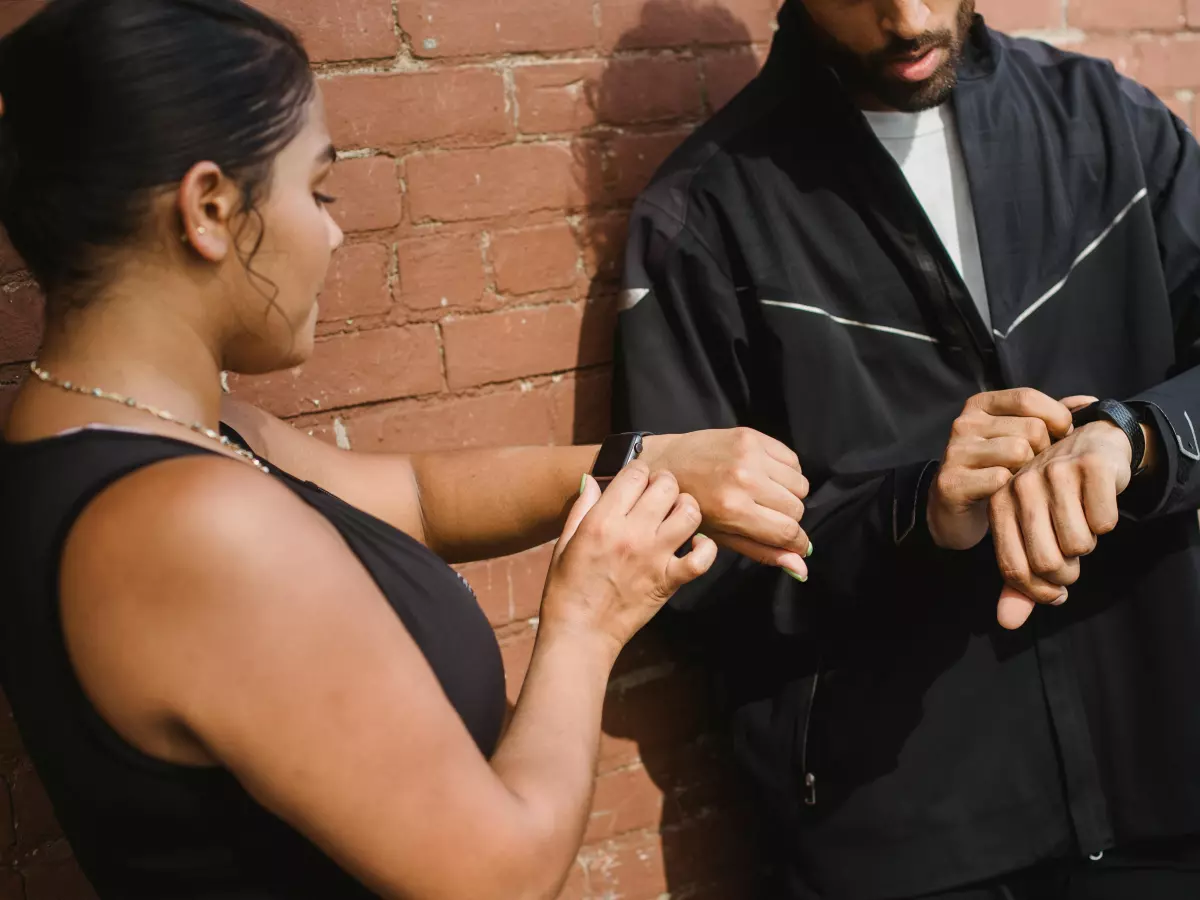Body Signals
Wearables are no longer just gadgets; they are becoming extensions of our bodies, monitoring signals we didn’t even know we had.

By Elena Petrova
Most people think of wearables as simple fitness trackers, counting steps or calories burned. It’s easy to assume that’s all they do, right? However, modern wearables have evolved far beyond that. They are now capable of monitoring a variety of your body’s signals, from heart rate to stress levels, and even your skin temperature. These devices are packed with sensors that can provide real-time insights into your health and well-being.
But how exactly do these sensors work? And more importantly, how does the software behind the scenes make sense of all this data? Let’s dive into the fascinating world of wearable sensors, battery life, and software integration to understand how these devices are becoming essential tools for monitoring our bodies.
What Are Wearable Sensors Really Tracking?
Wearable sensors are the unsung heroes of your smartwatch or fitness tracker. These tiny, often invisible components are responsible for collecting data from your body. But they don’t just track one thing; they monitor a range of signals, often simultaneously.
For example, many wearables come equipped with optical heart rate sensors. These sensors use light to measure the blood flow in your wrist, giving you a real-time reading of your heart rate. Then there’s the accelerometer, which tracks your movement in three dimensions, helping to count steps, monitor your sleep, and even detect falls.
Some wearables also include galvanic skin response (GSR) sensors, which measure the electrical conductance of your skin. This is often used to gauge stress levels, as your skin becomes more conductive when you’re stressed. And don’t forget the thermometer sensors that can monitor your body temperature, providing insights into your overall health.
But here’s the kicker: while these sensors are impressive, they’re only as good as the software that interprets the data. Without smart algorithms and machine learning models, all that raw data would be meaningless. The software is what turns those numbers into actionable insights.
The Role of Software in Making Sense of Data
So, you’ve got all these sensors collecting data from your body. But what happens next? This is where the magic of software integration comes in. The software inside your wearable device is responsible for processing and analyzing the data collected by the sensors.
For example, when your heart rate spikes, the software can determine whether it’s because you’re exercising or experiencing stress. It does this by cross-referencing your heart rate data with other signals, like your movement or skin temperature. If you’re sitting still but your heart rate is elevated, the software might flag this as a sign of stress or anxiety.
In more advanced wearables, machine learning algorithms are used to predict patterns in your data. Over time, the software learns your body’s unique signals and can provide personalized insights. For instance, it might notice that your heart rate tends to spike at certain times of the day and suggest relaxation exercises to help you manage stress.
And let’s not forget about cloud integration. Many wearables sync with apps on your smartphone or even cloud-based platforms. This allows for more advanced data analysis and storage, giving you a comprehensive view of your health over time. It’s like having a personal health assistant on your wrist.
Battery Life: The Silent Struggle
Now, let’s talk about the elephant in the room: battery life. With all these sensors and software working overtime, how do wearables manage to last more than a few hours on a single charge?
The answer lies in a combination of hardware and software optimizations. First, wearable devices use low-power sensors that are designed to consume minimal energy. For example, optical heart rate sensors only activate when necessary, such as during a workout or when you’re checking your pulse.
On the software side, wearables use smart algorithms to manage power consumption. For instance, the device might reduce the frequency of data collection when it detects that you’re inactive, like when you’re sleeping or sitting at your desk. This helps conserve battery life without sacrificing the accuracy of the data.
Some wearables also come with battery-saving modes that limit the use of certain sensors or features. For example, you might turn off GPS tracking during a workout to extend battery life. And in some cases, the software can even predict when your battery is running low and adjust the device’s performance accordingly.
What’s Next for Wearable Sensors?
As wearables continue to evolve, we can expect even more advanced sensors to be integrated into these devices. For example, researchers are working on non-invasive glucose monitoring sensors that could help people with diabetes track their blood sugar levels without the need for finger pricks.
There’s also growing interest in electrocardiogram (ECG) sensors, which can provide more detailed insights into your heart health. Some wearables already include this feature, allowing users to take an ECG reading right from their wrist.
And let’s not forget about the potential for AI-driven insights. As machine learning algorithms become more sophisticated, wearables will be able to provide even more personalized health recommendations. Imagine a device that not only tracks your body’s signals but also predicts potential health issues before they arise.
Are You Ready for the Future of Wearables?
So, what does all this mean for you? Are you ready to embrace the future of wearables and let these devices monitor your body’s signals in ways you never thought possible? It’s clear that wearables are no longer just about counting steps or tracking calories. They’re becoming essential tools for managing your health and well-being.
With advances in sensor technology, battery life, and software integration, the future of wearables looks brighter than ever. And who knows? The next time you strap on your smartwatch, it might just save your life.




